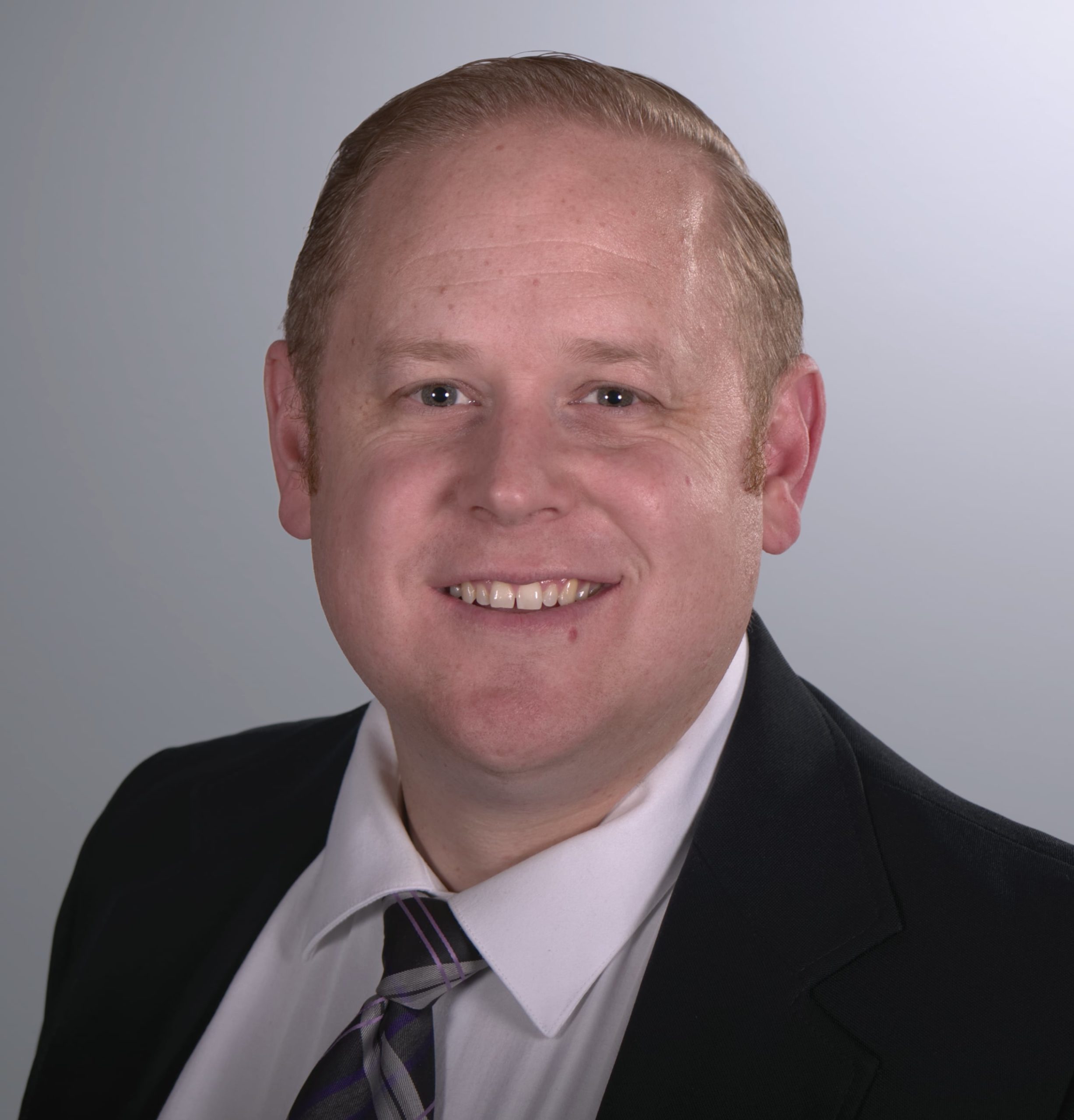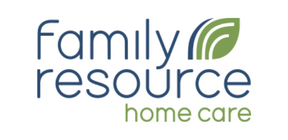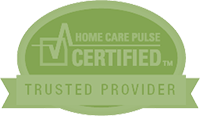With roughly 17,000 agencies, the home care industry remains highly fragmented. But that’s starting to change — and a major consolidation wave appears to be cruising toward shore. For context: There were at least 47 total home care transactions in 2018, according to proprietary data from Medicare Advantage advisory firm Mertz Taggart. There were six in the first quarter of 2019 alone. As one of the largest home care providers in the Pacific Northwest and a big part of Medicare Advantage action, Family Resource Home Care plans to ride atop that consolidation wave rather than be crushed by it, according to CEO Jeff Wiberg. As a bonus, achieving scale and density will help Family Resource when it comes to the “slow burn” Medicare Advantage (MA) opportunity.
Scale and density also will help with the recruitment and retention of workers, giving Family Resource the flexibility to offer higher wages and comprehensive benefits packages, he says.
Home Health Care News caught up with Wiberg to learn more about his company’s growth plans and MA strategy for a recent episode of Disrupt. Subscribe to Disrupt via Apple Podcasts, Google Play Music, SoundCloud, or your favorite podcast app.
Highlights of HHCN’s conversation with Wiberg are below, edited for length and clarity.
HHCN: We first connected in fall 2018 to talk about Family Home Care’s merger with Family Resource Home Care. Before jumping into the reasoning behind that, can you tell me a little bit about your company?
Wiberg: Sure. As you just mentioned, Family Resource Home Care was ultimately birthed out of a joint venture between two home care agencies that were a couple of the largest home care agencies in the Pacific Northwest already.
We saw a distinct opportunity for us to be able to combine resources to meet the opportunities and challenges the home care industry currently faces. The histories of the companies are fairly long: Family Home Care has been operating in the home care space since 1966.
Back then, it was individuals visiting people in their homes to help them with activities of daily living (ADLs), with [caregivers] in stark white uniforms with little nurse caps on their heads. We’ve certainly come a long way since then, but what hasn’t changed is the compassionate care we provide.
How big is Family Resource Home Care today?
Right now, we have eight locations across the state of Washington and two locations serving three markets in Idaho. We’re nestled in the Pacific Northwest at the moment, with plans to keep growing.
In fact, we’ve done another acquisition since that merger we touched on. We’re working on another one, too. We’re closing in on about 1,000 employees, serving a client census of about 1,000 as well.
Services we provide are your traditional personal care services: assistance with ADLs or instrumental activities of daily living (IADLs).
Can you take me behind the scenes of that Family Home Care-Family Resource Home Care merger? How’d that come together, and what was the major motivating factor for doing something like that?
My business partner, David Lawrence, owned Family Resource. My family owned Family Home Care. David and I had known each other for years, having served together on the state [home care association] board.
David was nearing the end of his career. He and I had started to have some conversations about what we foresaw as the future of the home care industry — both positive and negative. We recognized that it would really take a degree of scale and sophistication in order to truly be successful in moving forward.
We knew there would be consolidation within the industry. We felt that — if that was going to take place — we might as well ride the top of that wave instead of being crushed by it.
There’s a huge degree of fragmentation out there. About 17,000 agencies still exist, with the average size being less than $2 million in revenue. I love the fact that small businesses can thrive within this space, but I think those days are coming to an end because of the resources, sophistication, and data you need to bring home care to the broader health care table.
And what about the other acquisition Family Resource Home Care completed?
In December 2018, we completed a tuck-in acquisition of Cascade In-Home Care, about a $4 million operation in northwestern Washington. That put us into another large market we had previously not been serving.
Whenever HHCN does these Disrupt conversations, it always seems guests have a deeply personal story related to how they got into home care. How did you first get into the space?
In my case, I actually come from a business background. I used to work for a couple of big publicly traded companies. I found the culture aspect of working for those companies wasn’t always to my taste.
I was recruited by a small home health, hospice and home care agency — named Family Home Care — out of Spokane, Washington. I joined the executive team about 12 years ago. In doing that, I discovered the beauty behind what it is we provide as an industry. I fell in love with the mission of home care — but I also saw the opportunity ahead with the demographic changes and high levels of demand for services.
Eventually, there was an offer from a large, nationally recognized brand to purchase our home health and hospice divisions. But they didn’t want home care. When that offer came in, I immediately made my interest in purchasing the home care division from the former owner of Family Home Care known.
How does Medicare Advantage fit into your plans?
Right now, the industry and the Home Care Association of America (HCAOA) have been interfacing with the organization that represents Medicare Advantage plans across the country. We’re attempting to do some education to help plans understand the value proposition that home care offers.
We’re also trying to help them understand some cost dynamics. Initially, when the Centers for Medicare & Medicaid Services (CMS) said it was allowing for additional supplemental benefits focused on in-home services and supports in 2018, there were relatively few plans that actually engaged in that over the course of 2019.
From my own personal perspective, the move in 2018 was more of a foray or experiment to gauge consumer appetite. Anybody who knows MA knows a large portion of those dollars are being spent on the population that has low functionality and multiple chronic illnesses. That’s really the bread and butter of the home care space.
But what we’ve lacked as an industry is being able to quantify and track clinical outcomes of the populations we’re managing. The play that Family Resources has engaged in is gathering that data set.
It’s our plan to watch trends that are happening in the MA space. We’re starting to see some movement — some MA plans that are now reimbursing a little bit more reasonably, authorizing enough hours where we can truly make an impact.
Once data is accumulated, MA plans will actually have those actuarial figures that help them see the value. At that point, we’ll see home care as a more ubiquitous benefit and differentiator for MA plans.
Do you think MA can ultimately be profitable for home care providers? I know there have been some mixed views.
I would agree with that. I think one of the consequences of our high fragmentation within the industry is there’s not a real solid voice to describe to the consumer or potential customer the distinct advantage home care has over other forms of long-term care.
The bottom line, though, is that these moves by CMS get us access to more opportunities. And there are several MA plans that are also medical providers. As plans start to use home care more widely, I think you’ll also see providers come into play more that way as well.
I personally think there has yet to be an opportunity for MA — in and of itself — to be a [profit] driver. But if you have enough volume and the reimbursement is correct, there might be a chance to drive some business there.
Contracting with an MA plan isn’t always easy. What are the keys to doing that?
Data is absolutely key. It’s not hard to get a hold of “what are the highest utilizers of MA plan dollars” and “what are the diagnoses that are problematic for plans.” A lot of those diagnoses have a significant crossover to the solutions that come with home care.
No. 1 is tracking that data. Then it’s getting meetings with MA plans that are in your particular market. The challenge with that is some MA plans still aren’t sure what they want to do with this.
Rushing to create a lot of noise today might not be as effective as gathering data and allowing this to be a slower burn.
So it sounds like you’re taking a wait-and-see approach?
Specifically, what we’re doing right now is converting our point-of-care software into a new platform. We’ve designed that platform around tracking data [that MA plans will want]. That’s our first big step. That’s tracking data that’s important to MA plans, but also to skilled nursing facilities (SNFs) and hospitals.
Then we’re going to do targeted pilots to demonstrate results.
Let’s circle back to the concept of scale. Apart from MA, why is that so important to your business?
I think that home care’s consolidation is coming late to the party within health care overall. There has been a lot of consolidation with very large health systems, from hospitals on down — both acute and post-acute.
We want to create a consistent network of agencies that all have the same quality outcomes and procedures. We want to reassure, for example, a hospital in Washington that — if they refer patients to Family Resource — they’re going to get the same service wherever.
Market penetration for us is a value proposition to the larger referral sources. In Washington, we’re in nine of the top 10 population counties in the state.
Within home care, turnover hit an all-time high of 82% in 2018. What is Family Resource Home Care doing to attract and retain its staff?
Fortunately, our retention and turnover stats are much better than that. In 2019, we’re averaging a retention rate of 68% — so turnover of 32% — which is pretty great for our industry.
This is also where economies of scale can come into play. Our ability to offer leading wages, comprehensive benefits packages and exciting engagement activities is indicative of a larger agency. We can have people focused on all of that rather than the daily grind of home care.
The retention and acquisition of talent is not my No. 1 concern, which is not true of the vast majority of our industry.
For the complete audio interview, listen HERE.






